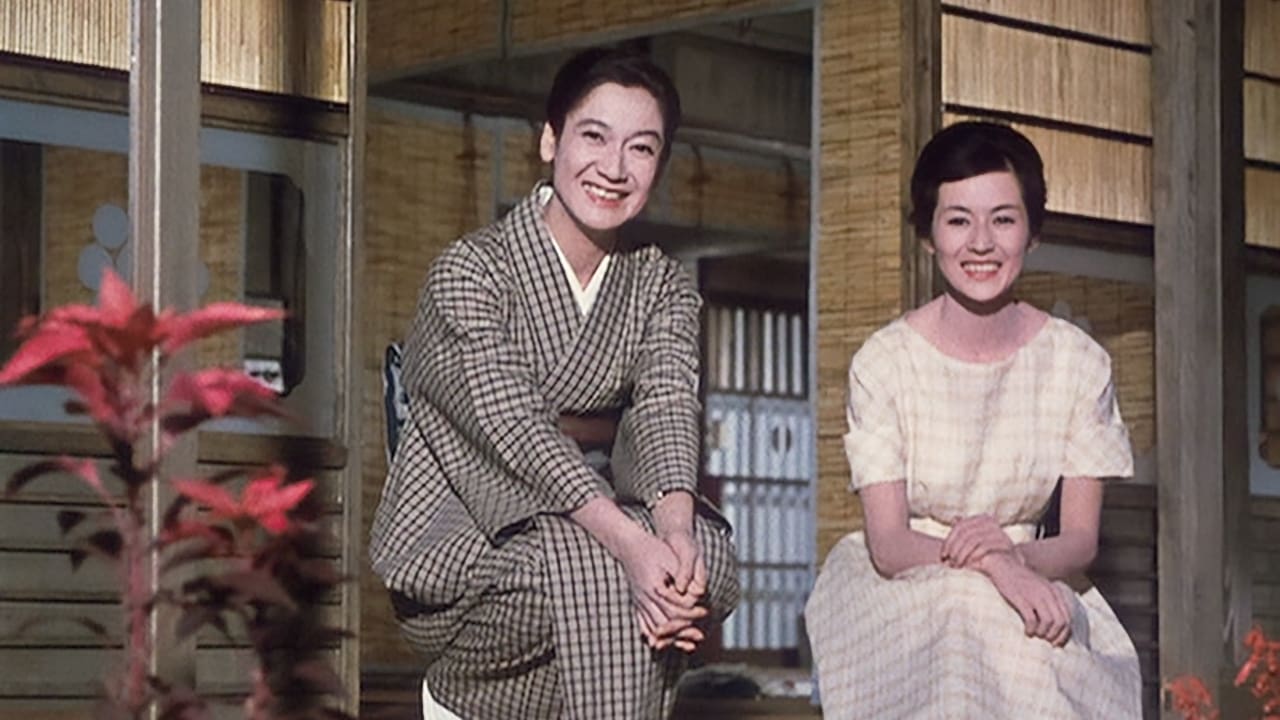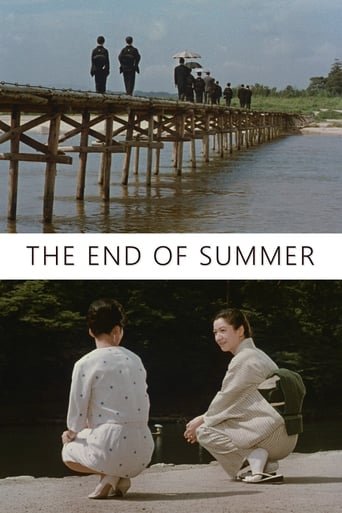

Self-important, over-dramatic, uninspired.
... View MoreI was totally surprised at how great this film.You could feel your paranoia rise as the film went on and as you gradually learned the details of the real situation.
... View MoreThis movie was so-so. It had it's moments, but wasn't the greatest.
... View MoreThrough painfully honest and emotional moments, the movie becomes irresistibly relatable
... View MoreViewed on DVD. Restoration = ten (10) stars. The many similarities (repeatedly deployed in most of the director's prior films) presented yet again in this movie may have provided a sense of stability for audiences confronting dynamic societal changes in the 1960's. All the actors you have seen (or will see) again and again as the director continued to turn out a DE FACTO TV series consisting of about one episode/movie per season/year. The producers and director seem to be counting on the viewer's curiosity as to what these fine and well-known actors are now up to for generating box-office traffic. If the film had been cast with relative unknowns, it would likely have tanked (or never been made). With so many characters crammed into this movie (it may have set a record at the time for the number of cameo appearances), it is a bit of a mystery as to who is related to whom and in what way in an expanded family consisting of 3/4 generations. Not until close to the end can the viewer be absolutely certain. The usual "back acting" (i.e., scenes filmed of the actor's back instead of from the front) frequently occurs. Train whistles are patently phony: electric-powered trains are made to sound like steam engines (the trains are never seen). Many exterior shots (or variations thereof) you have seen (and/or will see again) in other films from this director. The same interior sets from many of the director's previous movies are used once more. Cinematography (color) is fine (but the narrow-screen aspect ratio is still used). Some editing cuts are a bit jagged. Dialog, for the most part, is understandable. Subtitles sometimes flash by too quickly and can be too long. Film score blends in nicely except for the chanting prior to and during the death scenes which seems overdone. Familiarity may have bred comfort 55 years ago, but today it borders on boredom. WILLIAM FLANIGAN, PhD.
... View MoreThe penultimate film in his astonishing oeuvre, Yasujiro Ozu's story about an aging widower and his relationship with his three very different daughters has a strong sense of death throughout, contradicted with some of the most gorgeous cinematography available in cinema. Ozu's typical minimalist and economical visual style are quite conducive to realizing this theme, showing how even the most beautiful and poetic elements of life eventually run their course, as does everything in this life.The main crux of the story rests on the patriarch of the family, Manbei, who continues to see a woman he knew while he was married, a notion which naturally upsets at least one of his daughters. The other two seem more pensive about the situation, leading them to contemplate their own lives as the eldest is widowed herself and debating whether or not to remarry while the youngest is wondering who she should marry. It is worth noting how Ozu portrays the elder generation as being more open to passion and vigorous living than the younger. The conclusion seems to be that despite the inevitability of death, how one lives one's life determines how they will be remembered rather than who they were perceived to be. Though death remains ever-important, it cannot and should not prevent one from attempting to live to the fullest possible existence.
... View MoreEven though I had promised myself I wouldn't make more reviews for any Ozu's work (if you like his style, you'll probably like all of his works), I just obviously can't seem to contain myself, as I think Ozu deserves more praise and recognition.The family Kohayagawa are preparing themselves to marry one of the family members, Noriko, the youngest daughter, while her sister Akiko, widowed with two children, receives a marriage proposition by a man who is socially and economically well – placed. The family patriarch, however, has a curious behavior. He constantly visits his former lover Tsune, behavior for which his daughter Fumiko reproaches him. The old man suffers from a sudden heart attack, though, which leads Fumiko to not reproach him anymore.You may have noticed this is yet another Ozu's film based on family matters. Indeed, it seemed to me this was sort of a rehash of his former efforts because he repeats many of his old dramatic scenes. Although if you are only reviewing that aspect of the film you would be missing the point, as I think this is yet the most beautifully shot and image – based film in his entire filmography. I found myself contemplating every single frame of the many surprisingly shot scenes, even though the plot didn't get me all that hooked. The amazing colors all around the film also help enhance the beauty of its content.Regarding the acting, I would just have to mention it is incredible and fitting to what's being portrayed (as usual in Ozu's films). However,one thing that always surprises me is the appearance of Chishi Ryu in all of Ozu's films; whether it is a complete appearance or just one or two simple scenes in the whole film, he's always there. We can see him almost at the end of the film standing by a lake next to a woman that seems to be his wife, beholding a chimney which expels the ashes of the deceased father of the Kohayagawa family. This film might be a tad weak on the plot side, but on the technical and image side is much stronger and worth watching.My score: 9/10
... View MoreOzu's penultimate film is also one of his best. As in many of his movies, the theme here deals with the dynamics of a traditional Japanese family. The aging patriarch of a family has to deal with marrying his two grown daughters (one is divorced with child, the great Setsuko Hara), the financial problems facing his small sake producing business, the reunion with his long lost lover and their capricious daughter and, last but not least, his impending death. The death theme hangs throughout the movie; Ozu was probably thinking of his own death when he filmed this (he would live only a couple of years more); the last shot has black crows standing over the patriarch's gravestone. Ozu's films in color are even better than those in black and white: his famous sense of composition shines even better. Besides, I love color films from the late 1950s and early 1960s period, perhaps because they show us what society look like before the great disruption of the late 60s (this is not personal nostalgia, since I wasn't even born then). Overall, one of Ozu's best films.
... View More